Americans often fondly remember the ’90s as a more carefree and innocent time. Safety standards were more relaxed than today’s, and Americans weren’t as aware of the dangers of these 19 everyday things.
Secondhand Smoke
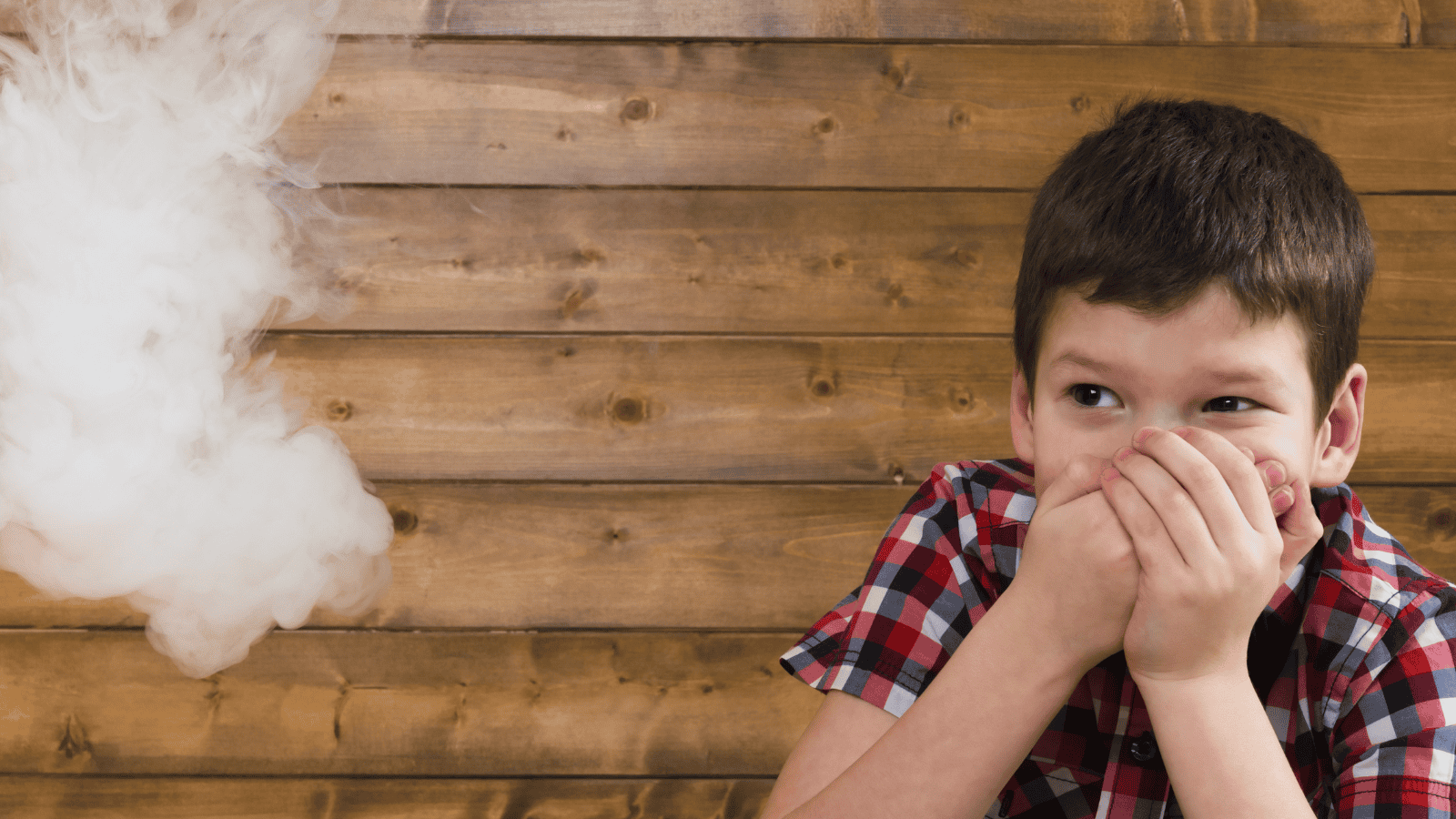
In the ’90s, smoking indoors was still common in homes, cars, and public spaces, despite widespread public awareness of the health risks of secondhand smoke. California was the first state to enact a statewide smoking ban for restaurants in 1995, and between 2004 and 2007, several states enacted different bans. Today, most states have banned indoor smoking.
Trampolines Without Safety Nets
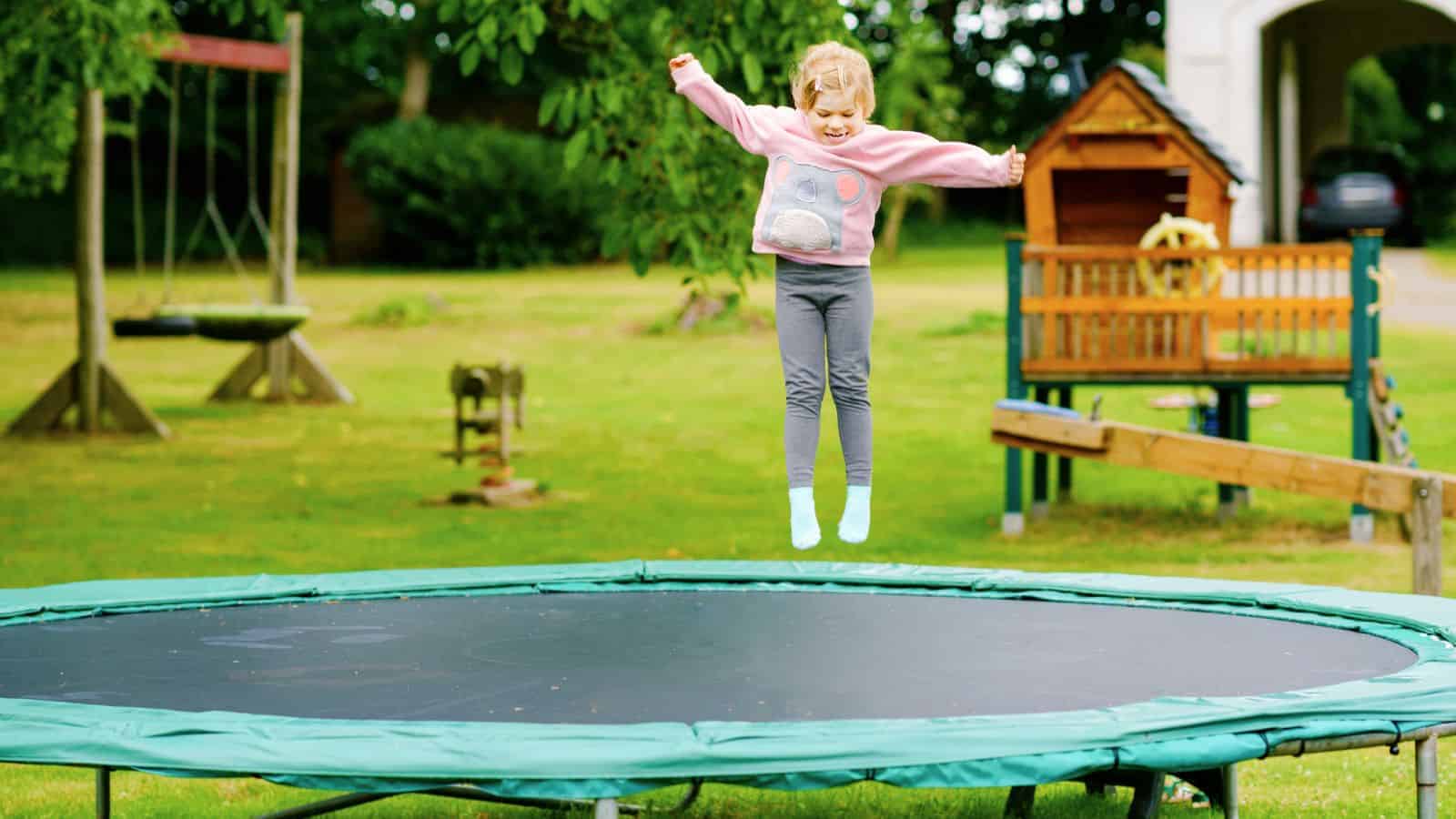
Backyard trampolines were hugely popular in the ’90s but often lacked safety nets. The lack of safety nets often led children to fall onto the ground and break a bone or two, but in 1997, JumpSport started selling trampolines with these features.
Lawn Darts
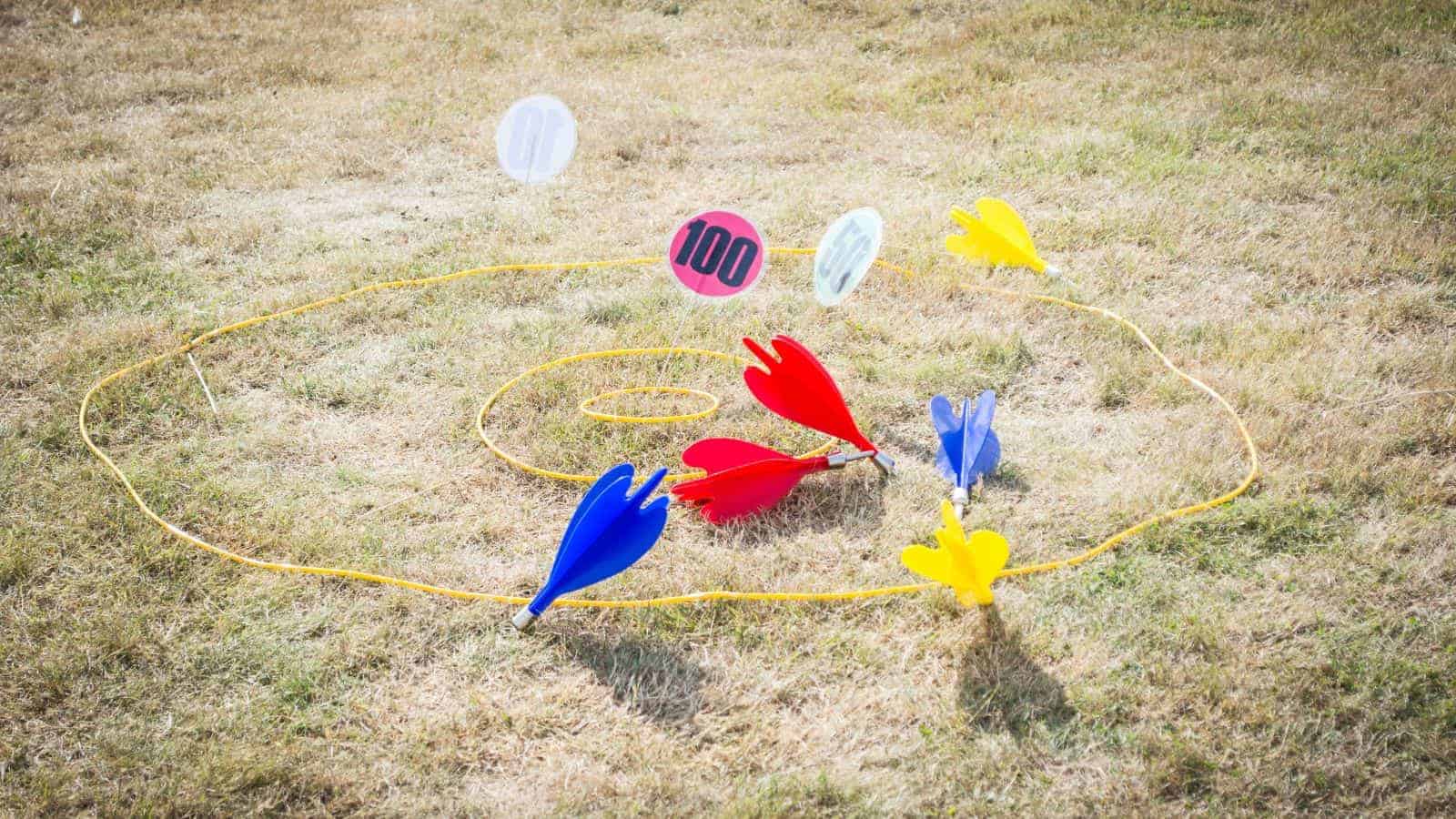
Lawn darts were developed in the mid-20th century as a game where weighted darts were tossed into the air to land them in a plastic circle. Mashable explains that they caused thousands of injuries and several deaths and were banned in 1988 by the CPSC. This didn’t stop Americans from using them in the ’90s; the “ban had to be reissued in 1997 and people were urged to destroy the game.”
Sun Exposure Without Sunscreen
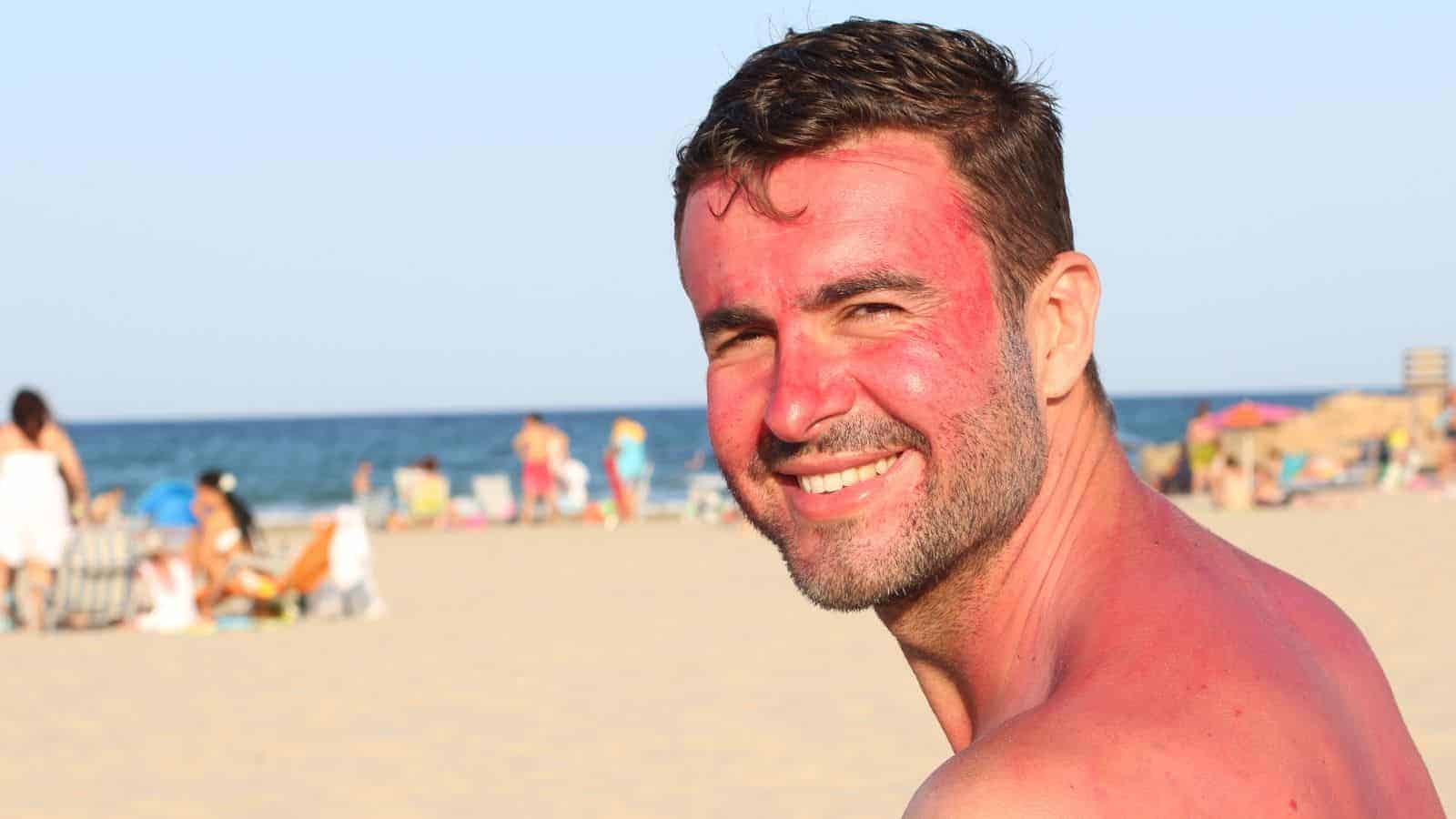
Today, most Americans are aware of the risk of skin cancer due to UV exposure, but in the ’90s, using sunscreen was less emphasized. Skin cancer rates have been rising in the past few decades despite the increased use of sunscreen, which some scientists believe is due to people staying out in the sun for longer.
Loose Car Seats
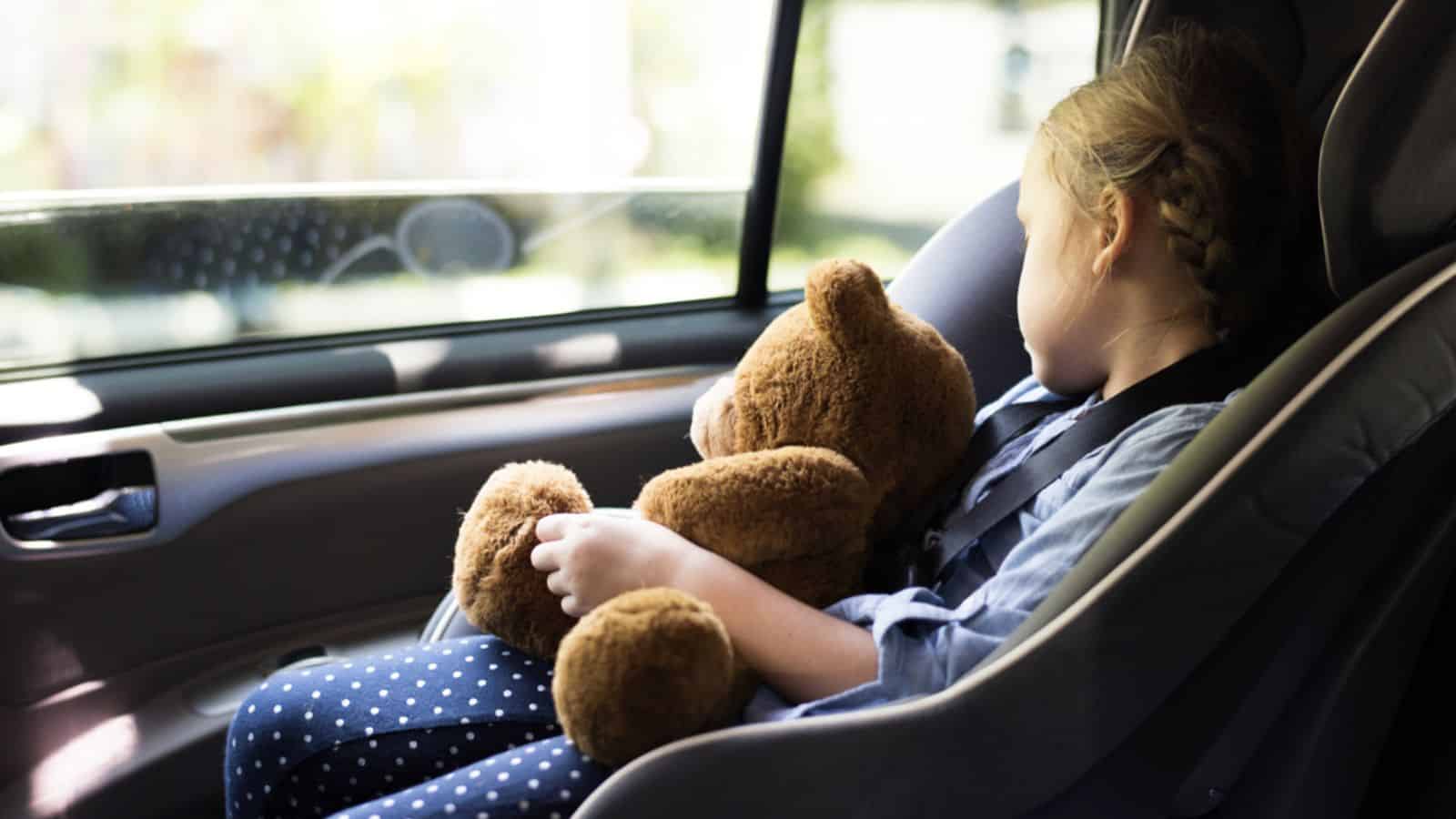
Car seat safety standards were much more lax in the ’90s, and babies were often loosely placed into their seats. Today, new parents are concerned about getting as many safety features in their car seats as possible.
Playground Equipment on Hard Surfaces
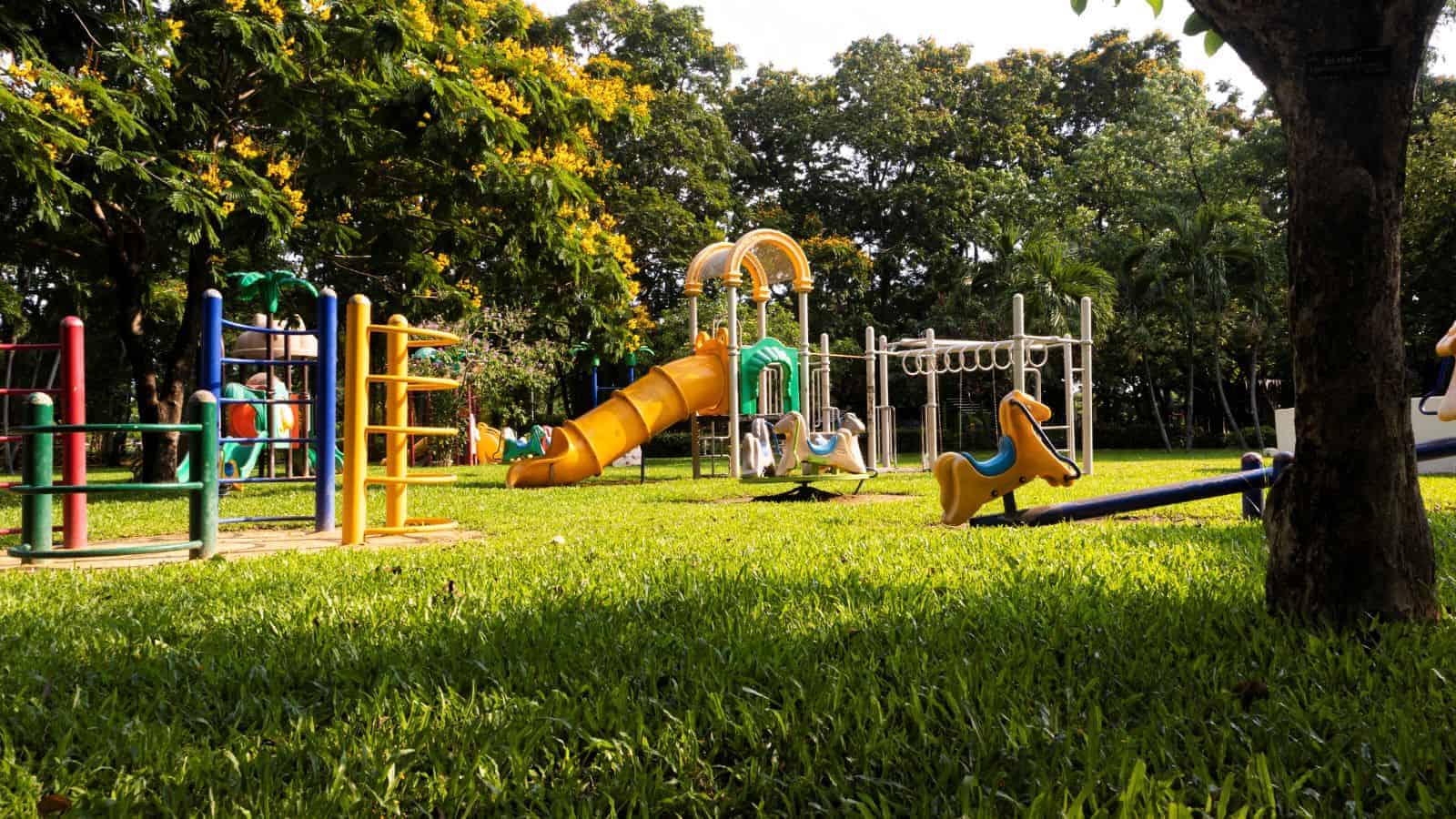
Playgrounds in the ’90s often featured metal slides, monkey bars, and swings on asphalt and concrete. Falling and breaking an arm on the playground was more common in the ’90s; today, playgrounds generally have softer services.
Plastic Baby Bottles with BPA
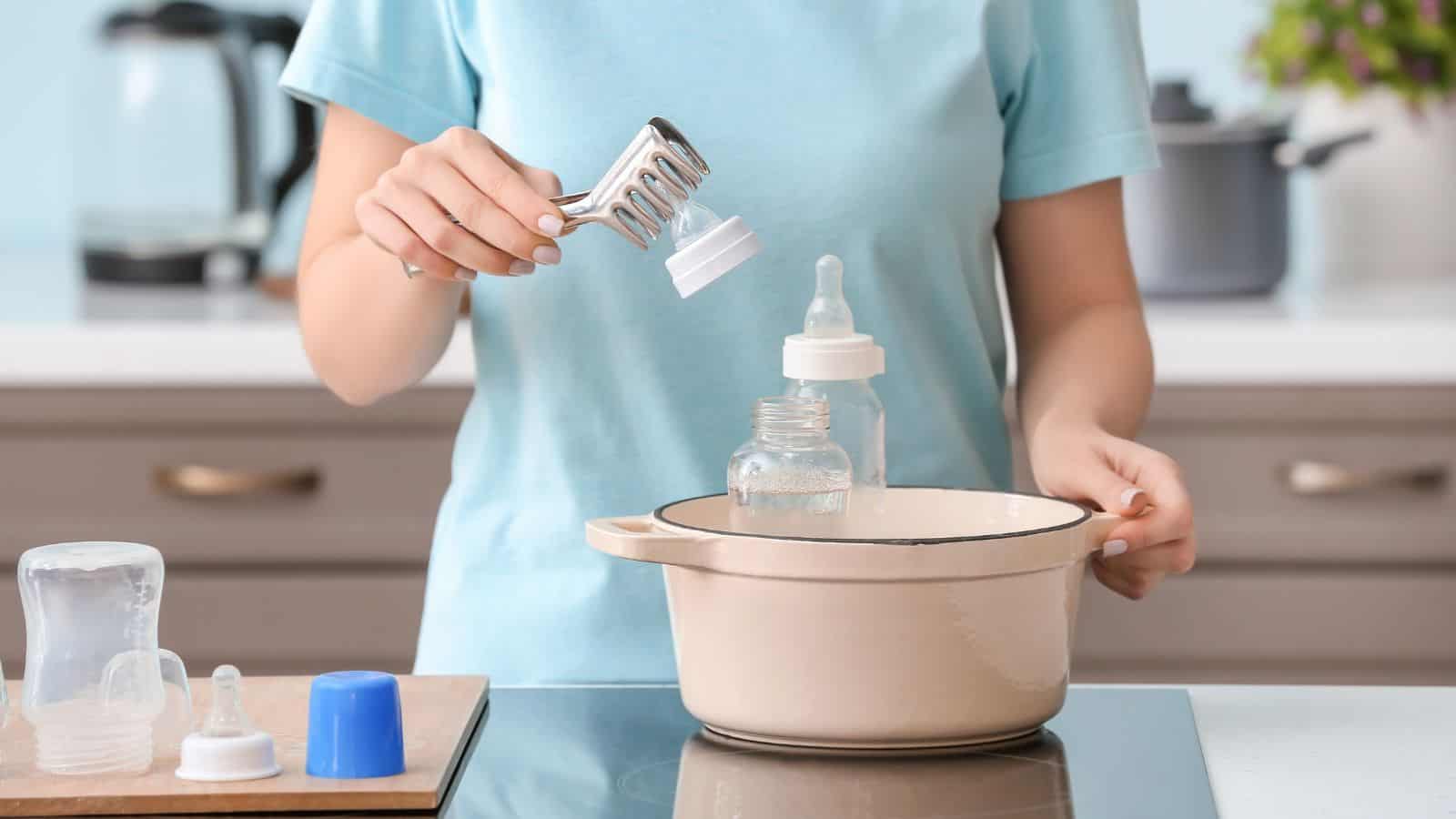
In the ’90s, the chemical bisphenol A (BPA) was commonly used in plastic baby bottles. The practice was banned by the FDA in 2012, years after manufacturers had stopped using the chemical over fears it was leaching into the milk.
Blinds with Long Cords
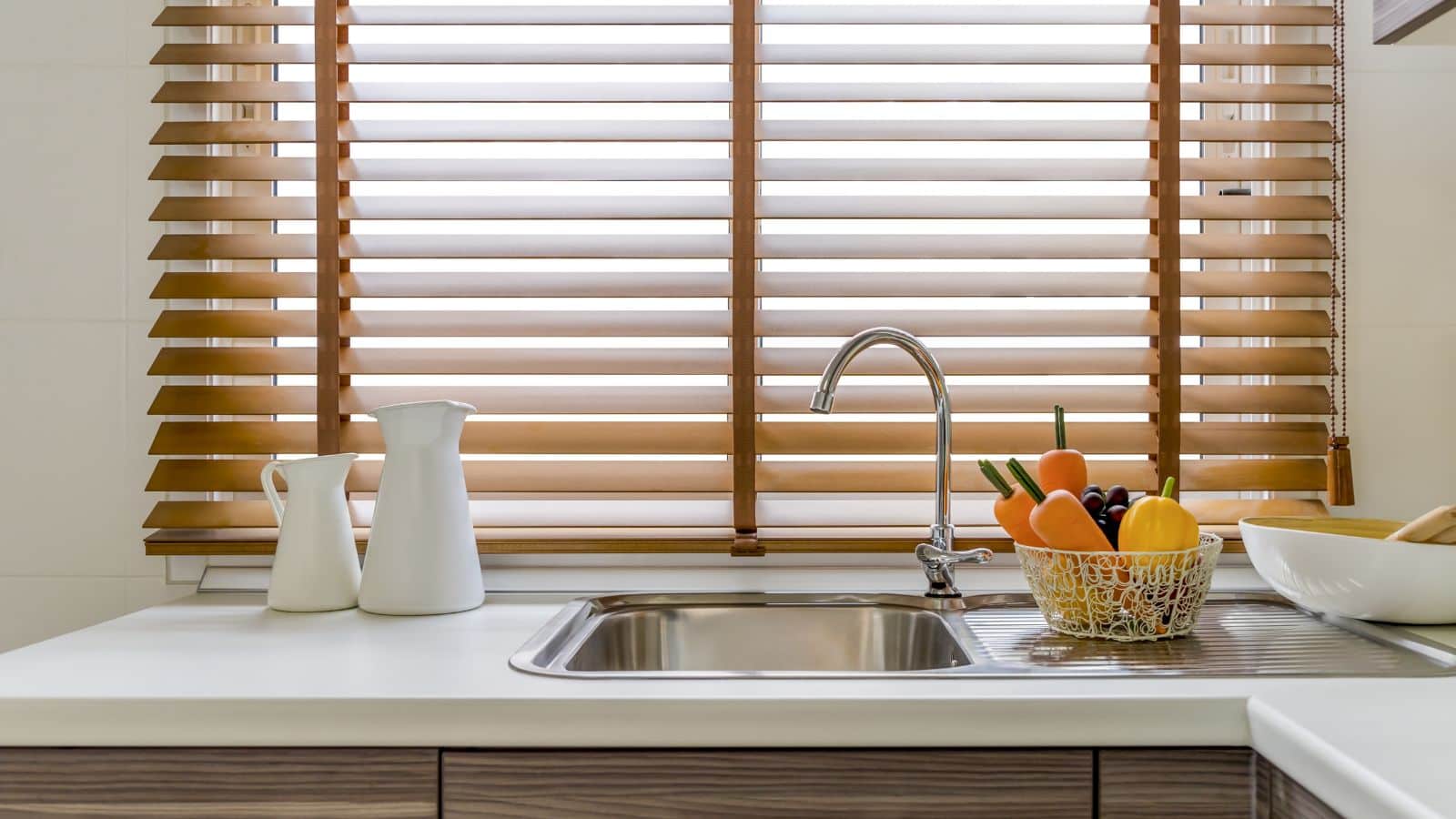
Window blinds with long, looped cords were found in homes nationwide in the ’90s. USA Today reported in 2018 that fears that “they could injure or kill children by strangulation” resulted in a new safety standard for short or cordless blinds.
Lawn Chemicals and Pesticides
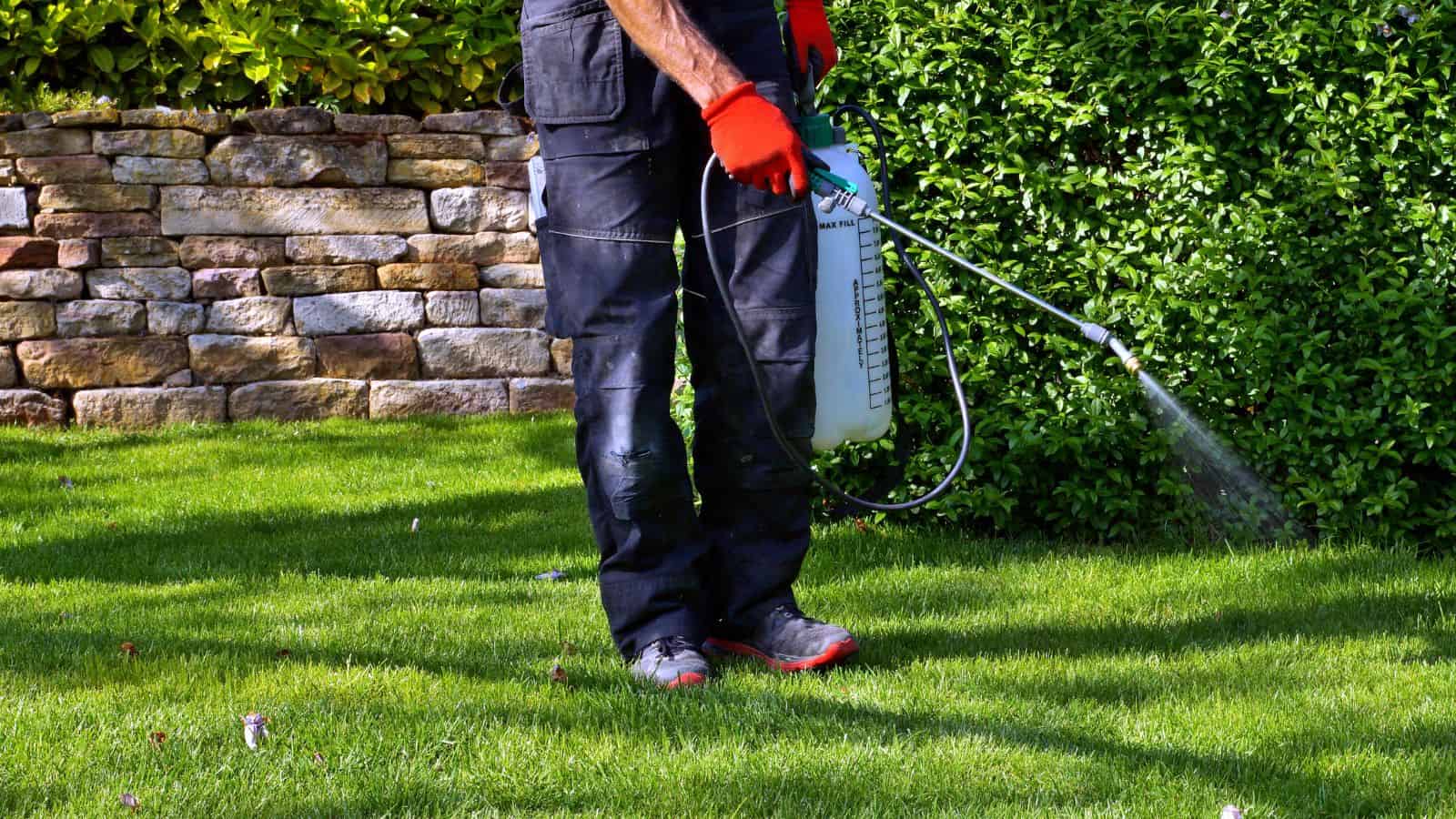
Heavily spraying chemical fertilizers and pesticides in suburban lawns was commonplace in the ’90s. Pesticides are essential for food production, but many have been linked to various health problems and environmental damage, so many Americans are choosing organic, non-toxic alternatives today.
Bike Helmets Optional

Riding a bike without a helmet was normal in the ’90s, and even professional cyclists were against wearing them. Today, most Americans wear them to reduce the risk of head injuries during accidents, and some states mandate their use.
Co-Sleeping with Infants
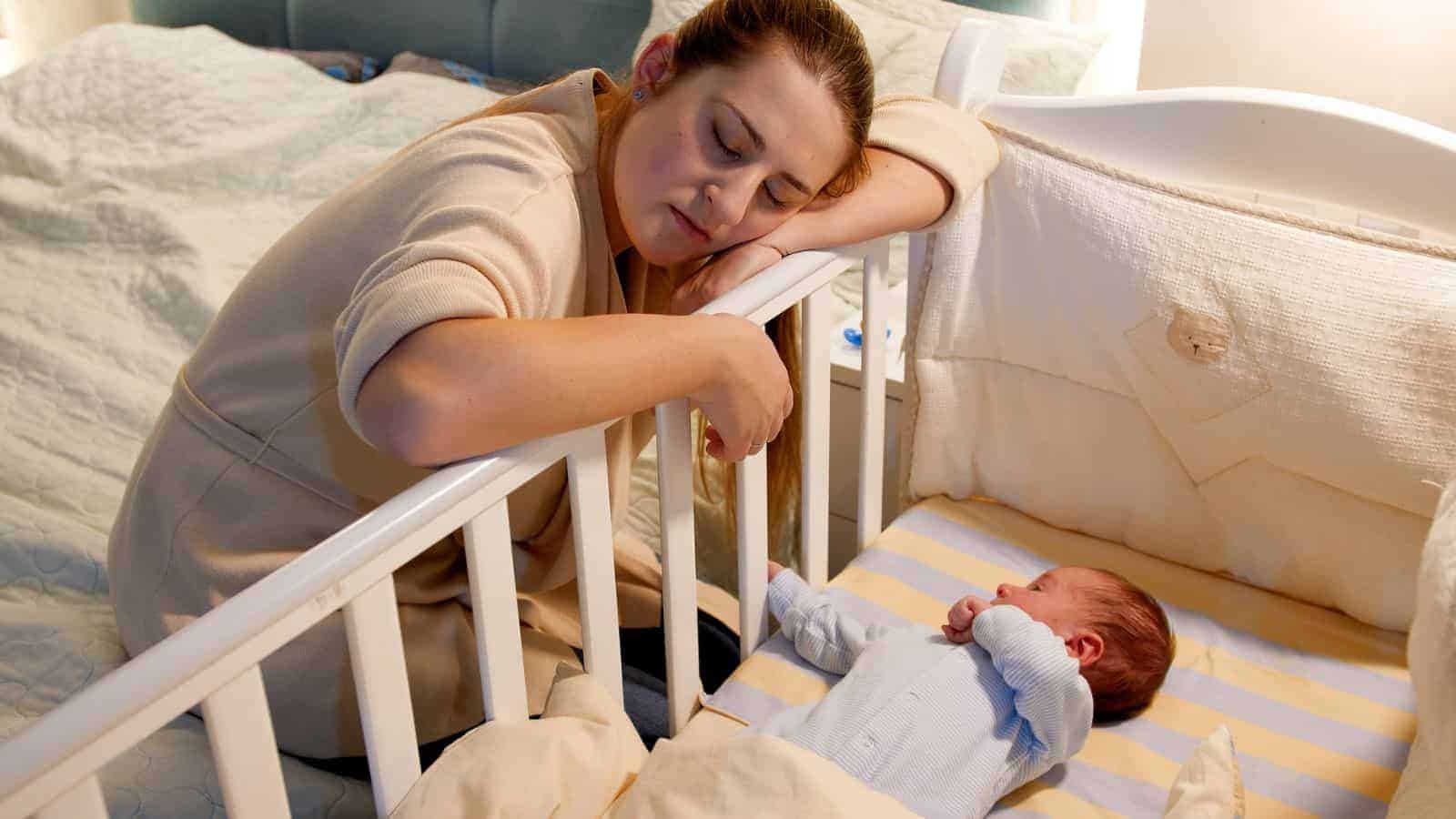
Co-sleeping with infants was a common practice for new parents in the ’90s, but it’s since been linked to a higher chance of SIDS (sudden infant death syndrome). Today, the American Academy of Pediatrics recommends against bed-sharing.
Lead Paint

Lead paint was widely used in American homes and toys before it was banned in 1978 due to health concerns. In the ’90s, many homes still had an outer layer of lead paint, which was dangerous if cracked, chalking, peeling, or damp and could lead to lead poisoning. The EPA explains that “lead-based paint is still present in millions of homes, normally under layers of newer paint,” but it’s generally safe if it’s in good condition.
Easy Bake Ovens
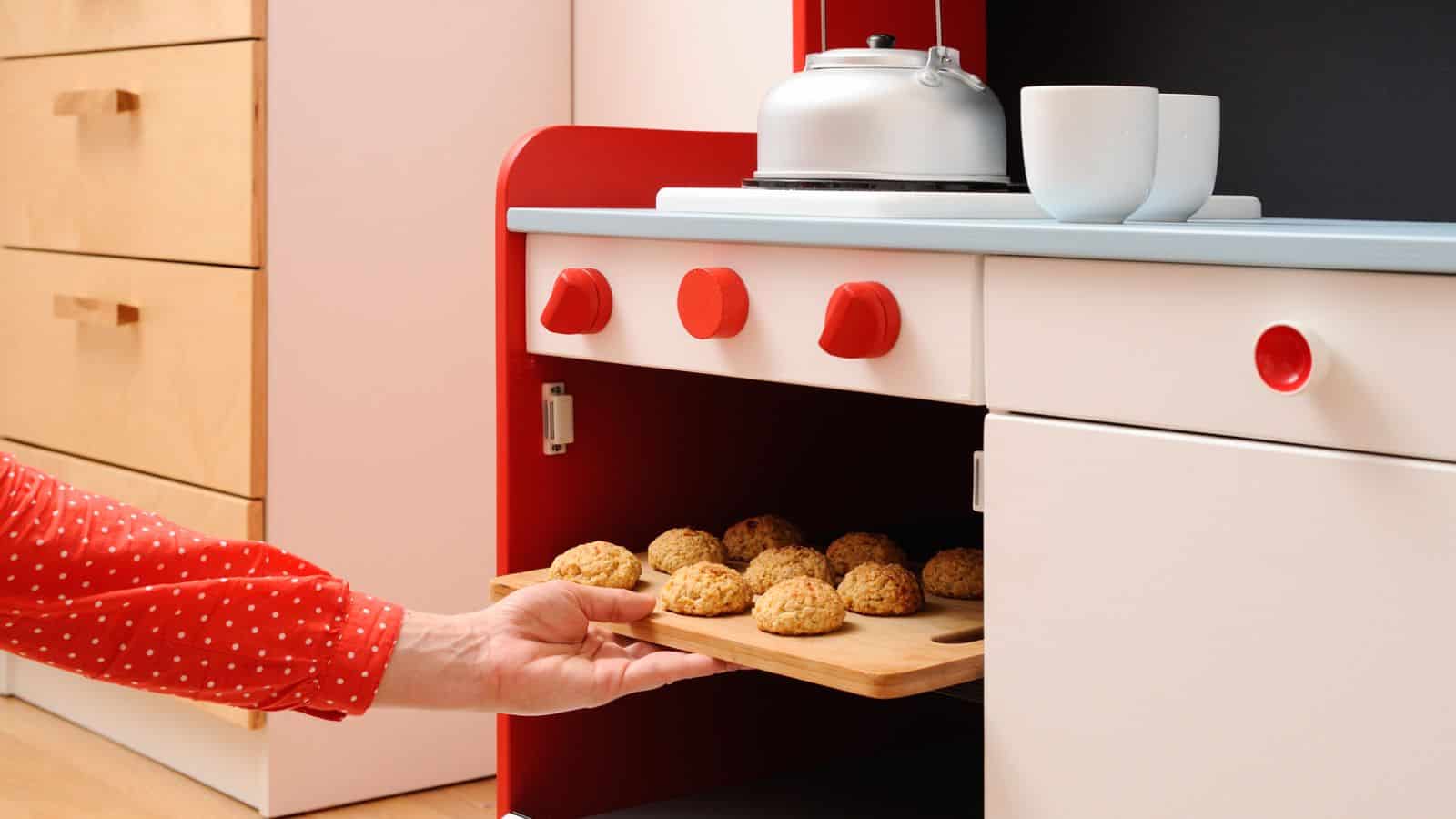
Easy Bake ovens were popular toys that allowed kids to bake small treats with a light bulb. They’re still sold today but have improved safety features to reduce the risk of burns from hot surfaces.
Crib Bumpers
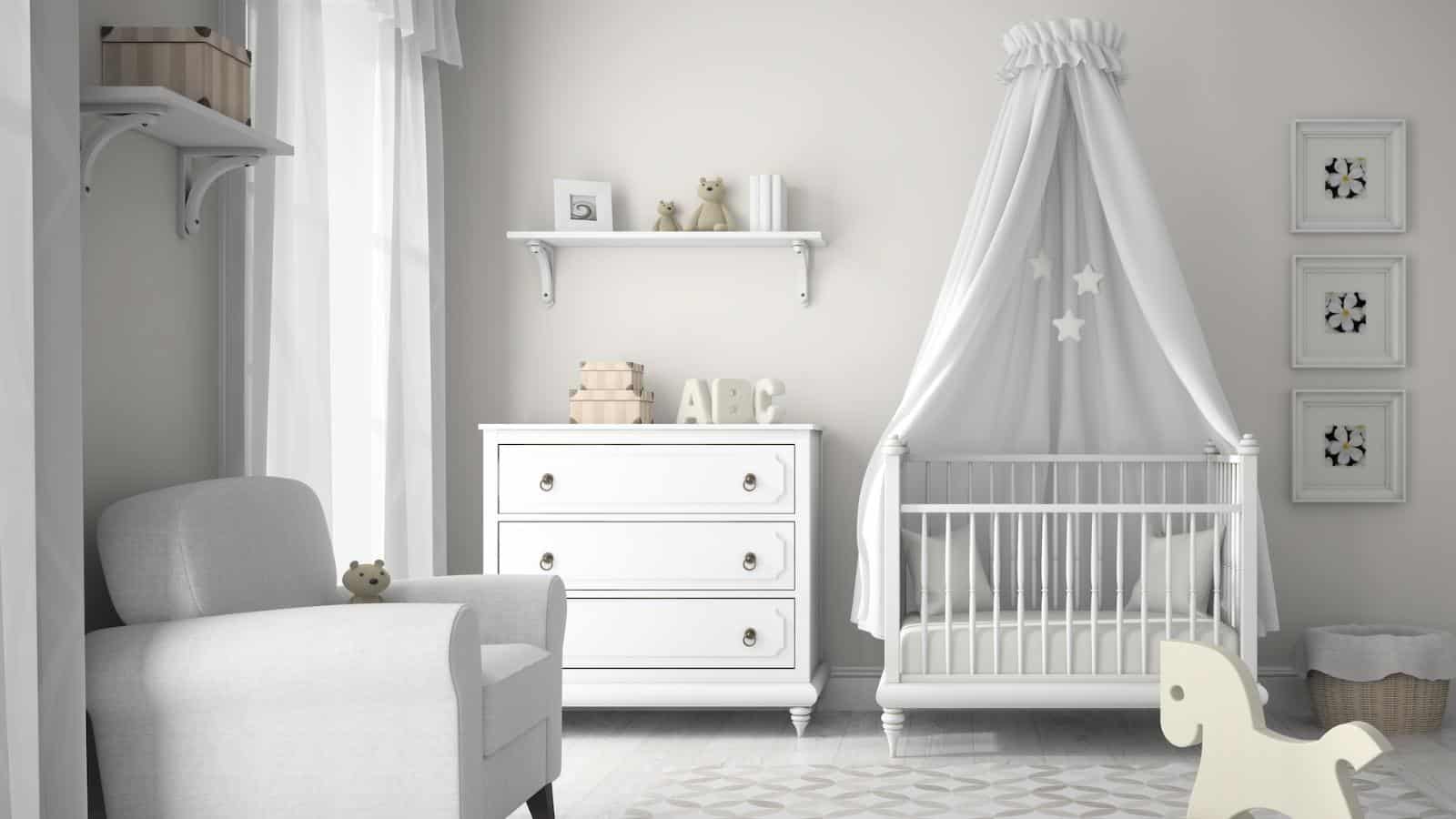
Crib bumpers were once a staple in baby cribs to pad them and prevent infants from hitting their heads or getting their limbs stuck between slats. Healthline explains that a study published in the Journal of Pediatrics concluded that they were unsafe and had caused deaths by suffocation. They were banned in 2022 by the Safe Sleep for Babies Act of 2021.
ATV Riding Without Protective Gear

All-terrain vehicles (ATVs) were popular in the ’90s but were often used without helmets or protective clothing. This could lead to rollovers and crashes, causing serious injuries, so using safety gear is heavily emphasized today.
Airsoft and BB Guns
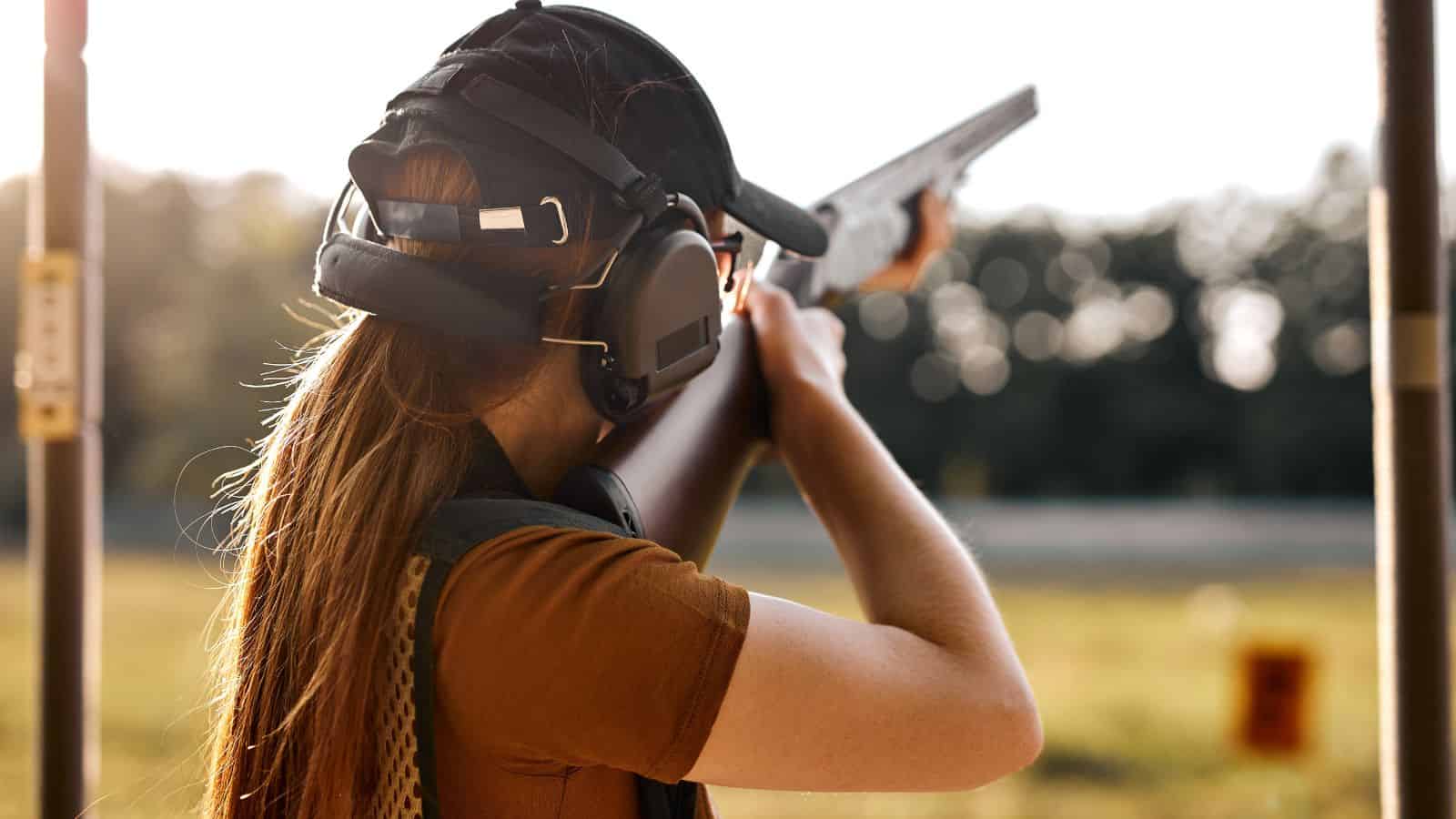
Airsoft and BB guns were popular toy guns in the ’90s, but they often led to serious eye injuries. They remain popular today but have stricter safety standards, and manufacturers recommend parental supervision.
Slip ‘N Slides

Slip ‘N Slides, backyard water slides, were a hit during hot summer months in the ’90s. They were linked to neck injuries and fractures, especially in older children and adults, so new designs implemented additional safety features.
Unsafe Sleep Positions for Babies
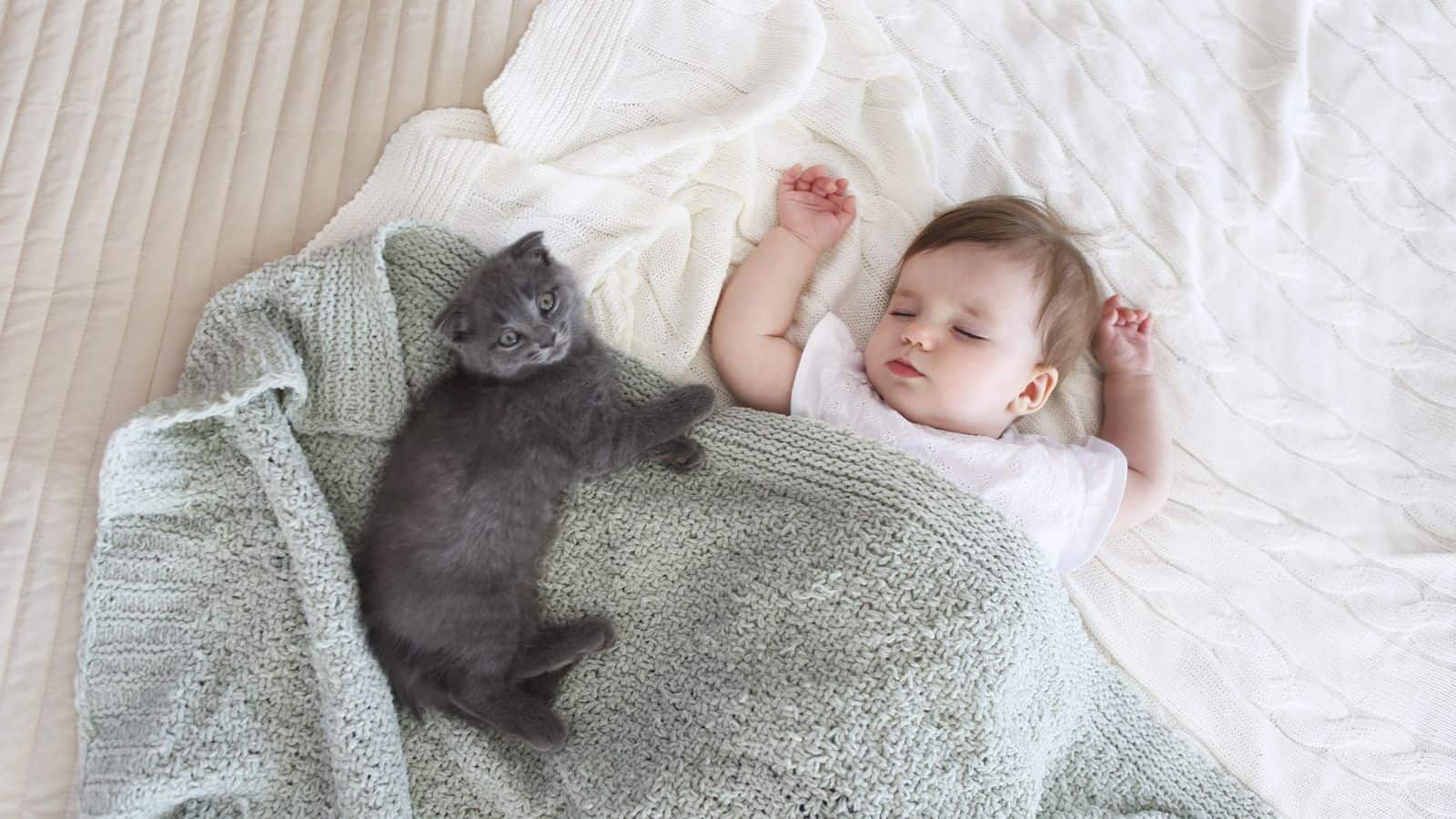
Babies were often put to sleep on their stomachs in the ’90s, which isn’t recommended until they’re at least one year old today. Sleeping on their front increases the risk of SIDS and suffocation, so the “Back to Sleep” campaign began in 1994 to raise awareness.
Leaded Gasoline
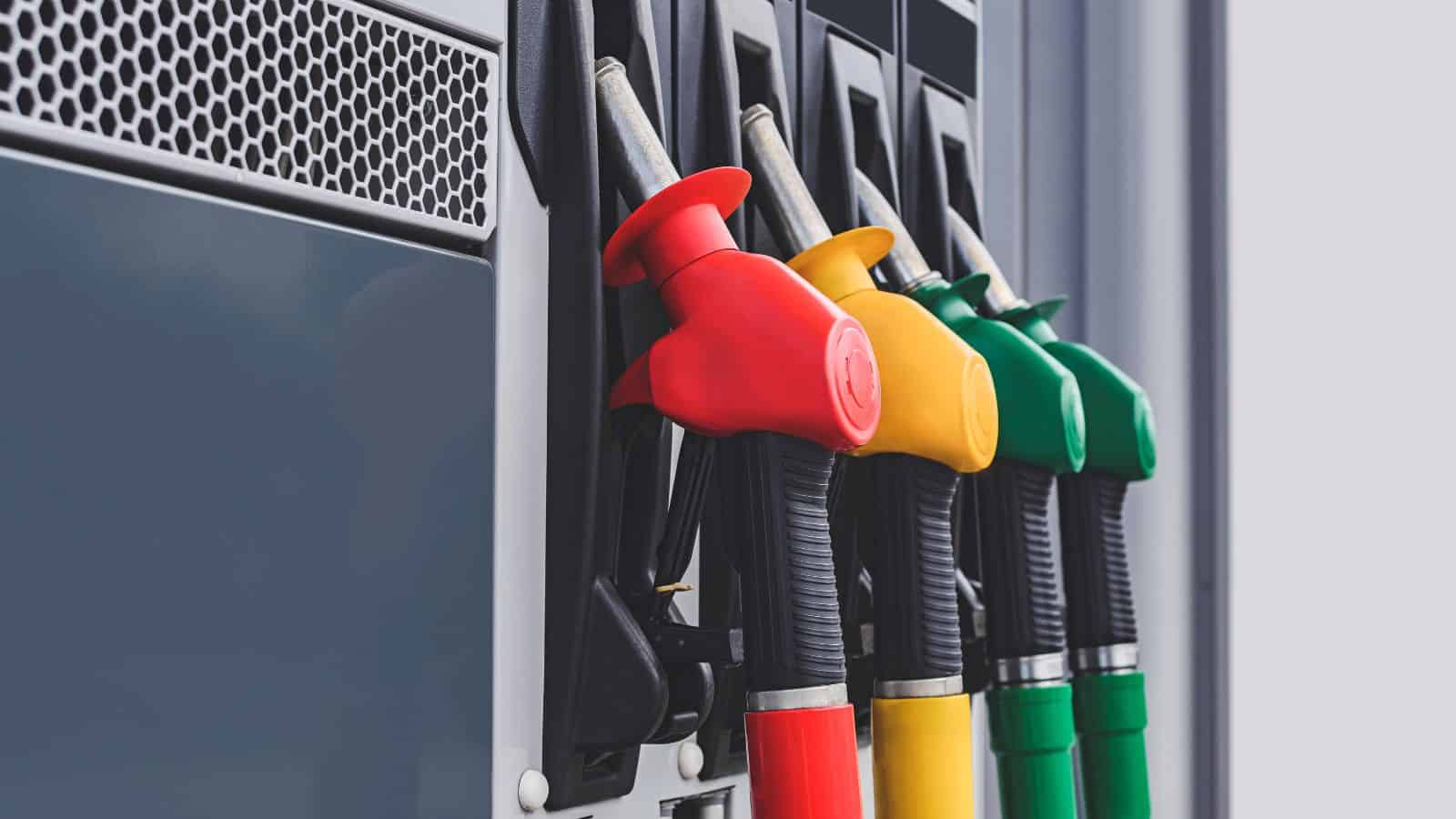
Leaded gasoline was widely used in cars for decades until the EPA began efforts to phase it out in 1973. It wasn’t completely phased out until 1996 and can only be used in aircraft and off-road vehicles today. NPR explains that “the use of leaded gasoline has been linked to lower IQs and higher rates of violent crime.”
Up Next: 20 Seriously Stunning Natural Wonders Across America

Geological wonders, diverse ecosystems, and impressive waterfalls—the U.S. is home to a huge range of breathtaking landscapes and natural wonders across its many national parks and attractions. Head to these 20 locations for true natural beauty and never-ending adventure opportunities.
20 Seriously Stunning Natural Wonders Across America
17 Places That Undercover Cops Will Always Monitor

While it isn’t always obvious, undercover cops play a crucial role in maintaining public safety. They blend into the background in various locations, carefully observing and acting to prevent crime. In this article, we’ll reveal 17 places where you’re likely to find undercover cops—though you can bet you won’t see them!
17 Places That Undercover Cops Will Always Monitor
17 Things You’re Just Too Old To Be Doing Anymore

The older you get, the more fragile you are physically and mentally, so it’s important to prioritize your well-being every day. Whether you still feel young at 50 or are closer to 80, we’ve compiled 17 things you’re too old to be doing anymore.
